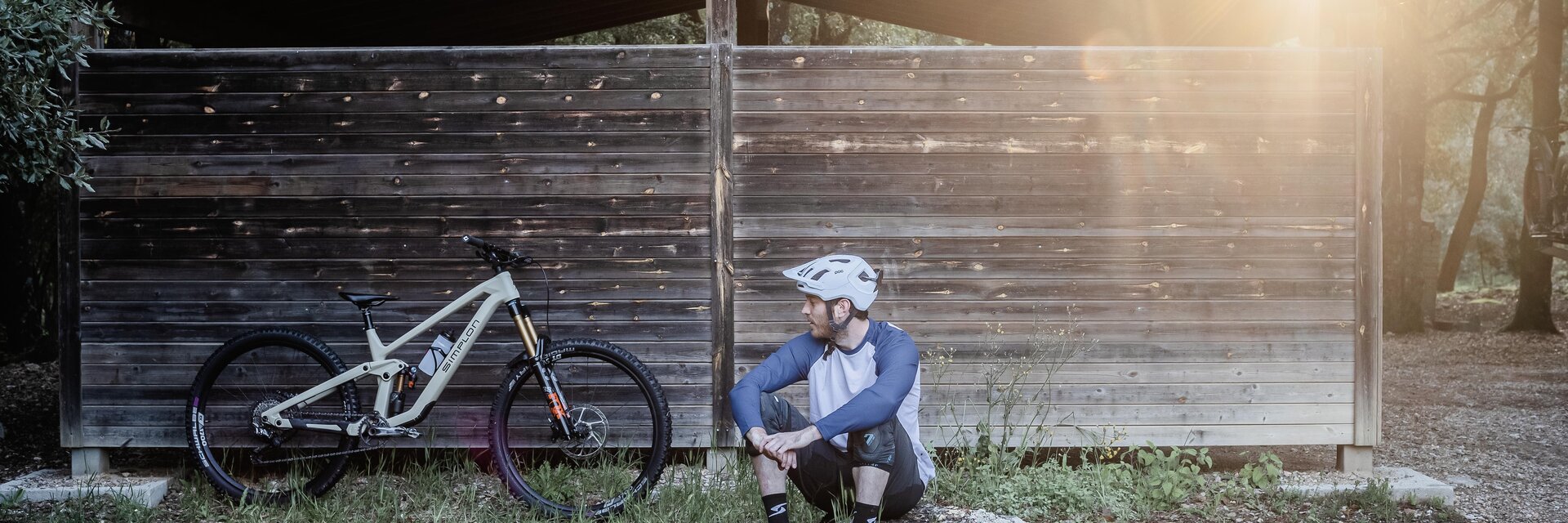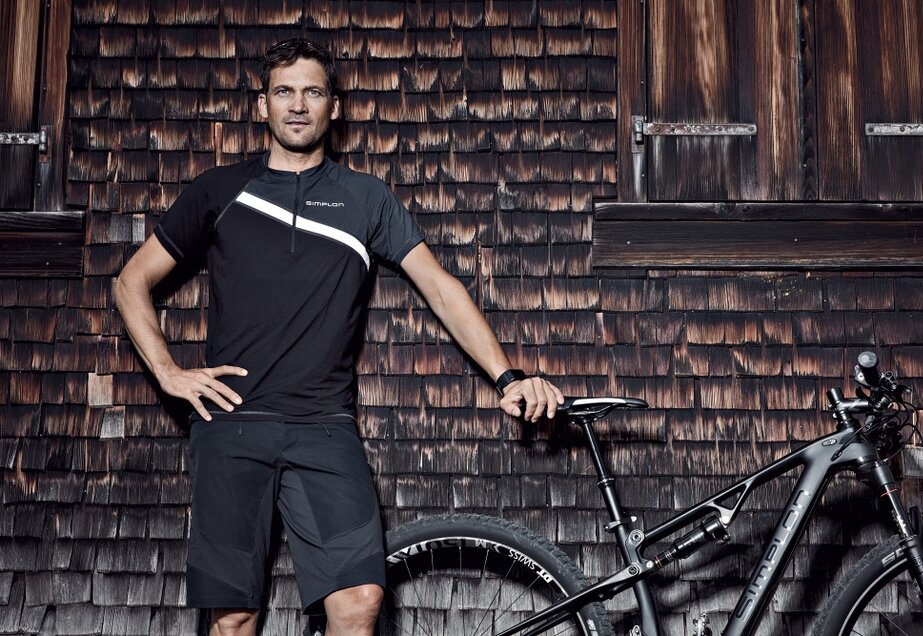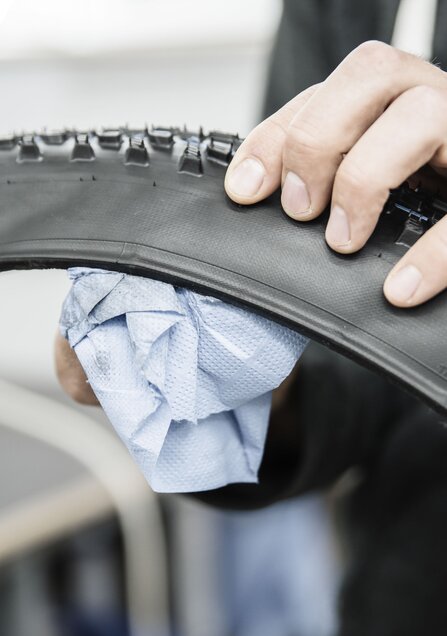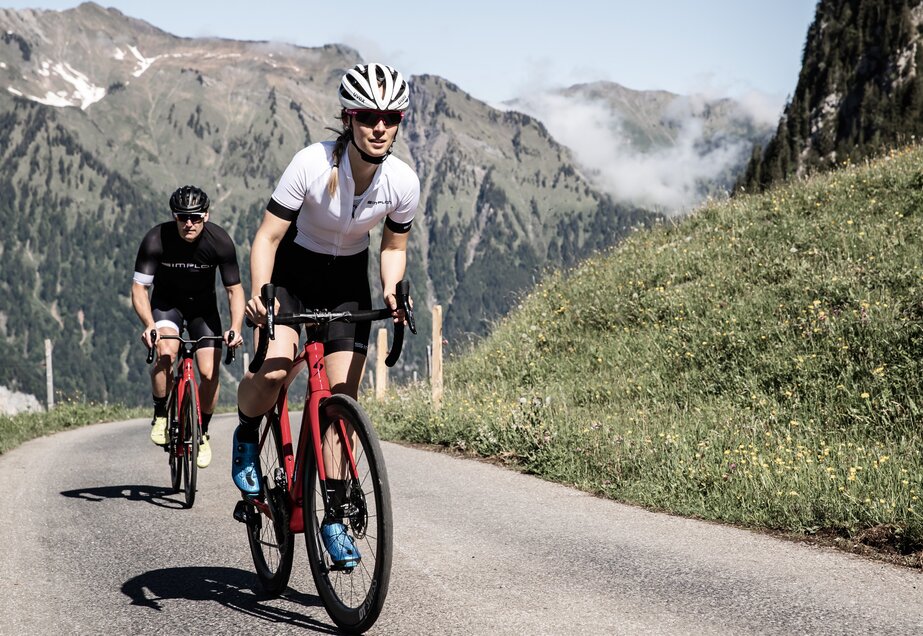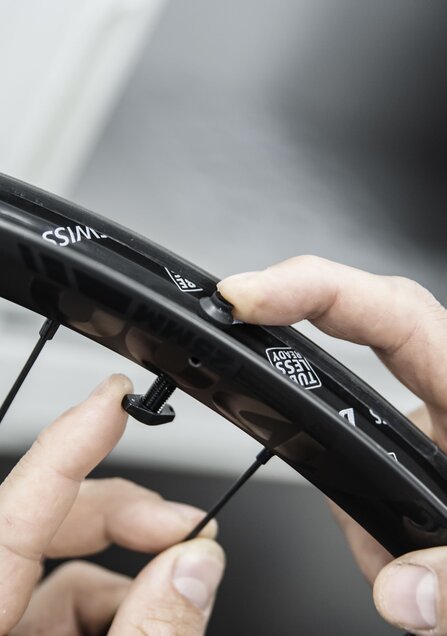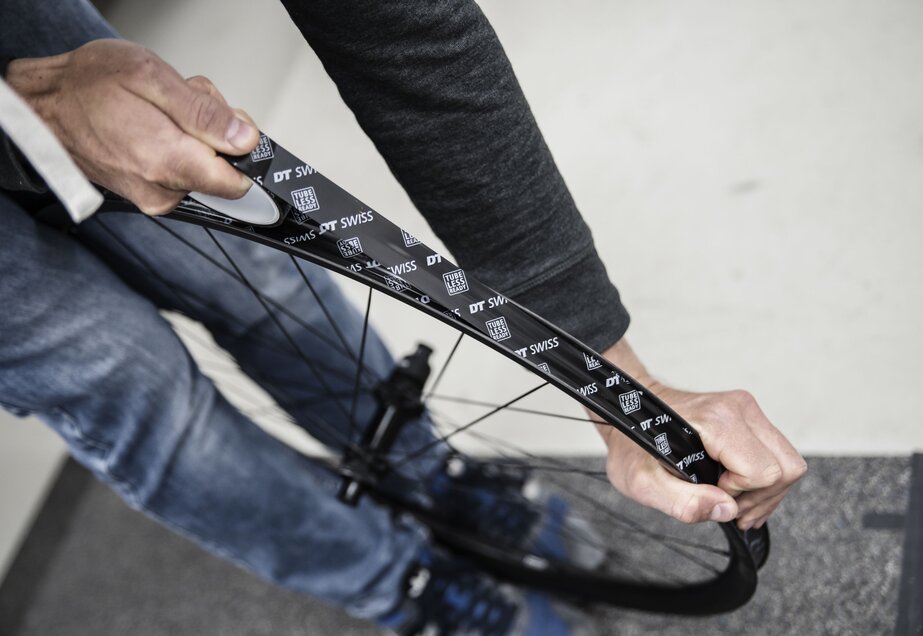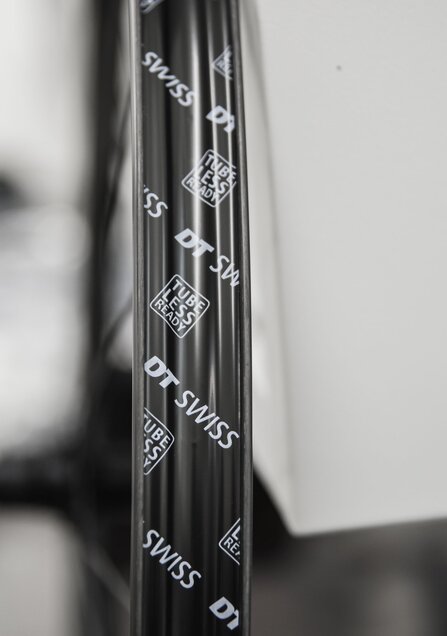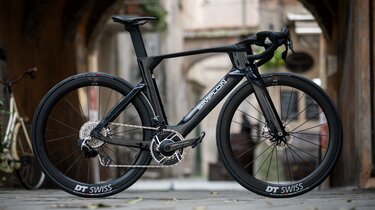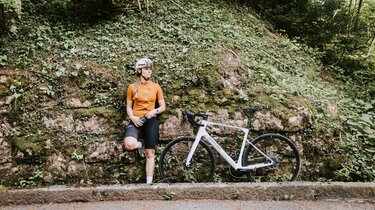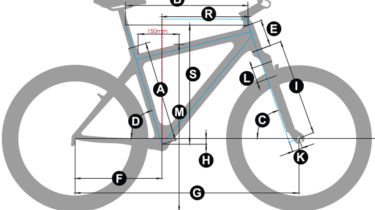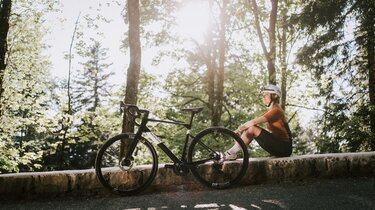We asked: Tubeless tyres – yes or no?
|Know-How
Tubeless tyres promise more puncture protection, better grip and a more comfortable ride - but is it really worth switching? Alexander Steurer, SIMPLON expert and tubeless fan from the very beginning, explains the benefits, challenges and gives practical tips for anyone who wants to try out or optimise the system.

